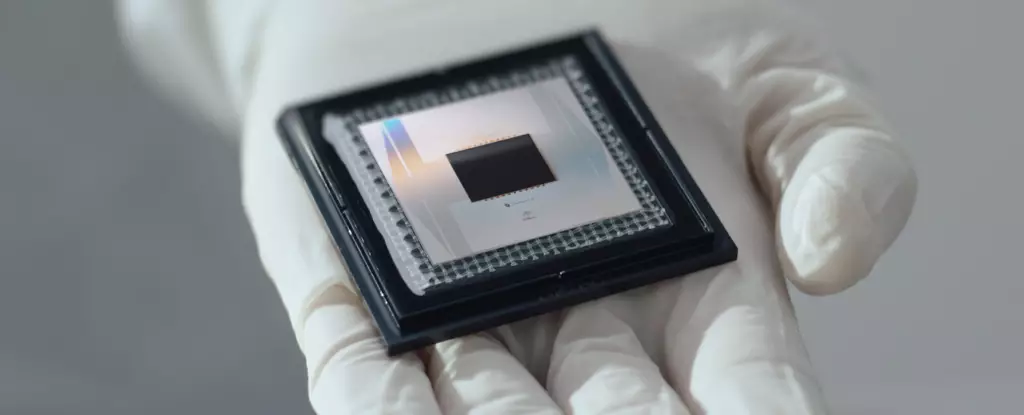Quantum computing stands on the precipice of groundbreaking advancements, yet the road to practical deployment remains fraught with challenges. Central to the functionality of quantum computers are qubits, the fundamental units of quantum information that promise extraordinary computational power. However, these delicate entities have proven to be susceptible to errors, hindering the full realization of their capabilities. Recently, Google has made significant strides toward addressing these issues with its introduction of the Willow quantum chip, achieving notable improvements in error correction and qubit stability.
Qubits differentiate themselves from traditional bits in their ability to exist in multiple states simultaneously. While classical bits can only represent a 0 or a 1, qubits can embody a superposition of both states, thus exponentially increasing the computational possibilities. Despite this potential, the fragility of qubits poses a substantial barrier to effective quantum computing. External environmental factors can easily disrupt their superpositions, leading to errors that can compromise calculations.
In the past, quantum systems demonstrated worrying levels of instability, with qubits failing every few seconds. This high error rate illustrated the need for robust error-correction methods. As Google engineers sought to tackle these issues, they unveiled Willow, a quantum chip that maintains a single logical qubit in a stable condition for extended periods—specifically, errors occur approximately once every hour. This remarkable enhancement marks a shift from previous iterations, thereby paving the way for more scale and larger quantum operations.
The Willow chip consists of 105 physical qubits and embodies groundbreaking innovations in architecture and error-correction algorithms. These improvements ensure that as the number of encoded qubits increases—from a 3×3 configuration to 5×5 or even 7×7 lattices—the encoded error rate experiences exponential suppression. In essence, this means that adding more qubits not only enhances the system’s capacity but also leads to a decrease in errors, which has been a long-standing goal since quantum error correction emerged in the 1990s.
As explained by Google research scientists Michael Newman and Kevin Satzinger, this achievement offers a glimpse into the long-awaited potential of quantum error correction. Their research indicates that every time the physical qubit lattice expands, the robustness of error suppression improves significantly, validating theories that had been considered speculative for nearly three decades.
The implications of this development extend far beyond mere stability. Google asserts that Willow can execute a quantum task in just five minutes—completing what would take a traditional supercomputer an inconceivable 10 septillion years. Although this specific operation is designed to showcase the capabilities of quantum processors, it underscores the vast potential for quantum computing in solving complex problems.
Nevertheless, while the advancements offered by the Willow chip are promising, the quantum computing community recognizes the persistent challenges. Errors are unavoidable in quantum systems; therefore, the goal is to minimize their frequency to the point where quantum processing becomes viable for widespread use. Researchers emphasize the need for ongoing enhancements in hardware and algorithms in addition to increasing the number of qubits.
Despite the substantial progress represented by Google’s Willow chip, experts caution that the journey toward practical quantum computing remains lengthy. The current error rate of one in a thousand falls short when aiming for the desired one-in-a-trillion threshold required for reliable quantum operations. Achieving this significant leap will demand pioneering developments in both the physical technologies that underpin qubit stability and the algorithms governing their interactions.
Moreover, questions remain regarding the scalability of such error-corrected systems. Moving from laboratory environments to real-world applications introduces layers of complexity that must be systematically addressed. Ultimately, the pursuit of quantum computing’s full potential lies not just in overcoming the hurdles of the present but in imagining future applications that can leverage stability, speed, and unparalleled computational capability.
As Google’s Willow chip represents a noteworthy milestone in quantum computing, it also serves as a reminder of the delicate nature of the technology. The community must maintain a steadfast focus on enhancing error correction, refining qubit stability, and bridging the gap between theoretical possibilities and practical applications. The future of quantum computing may very well hinge on understanding and overcoming these fundamental challenges.

